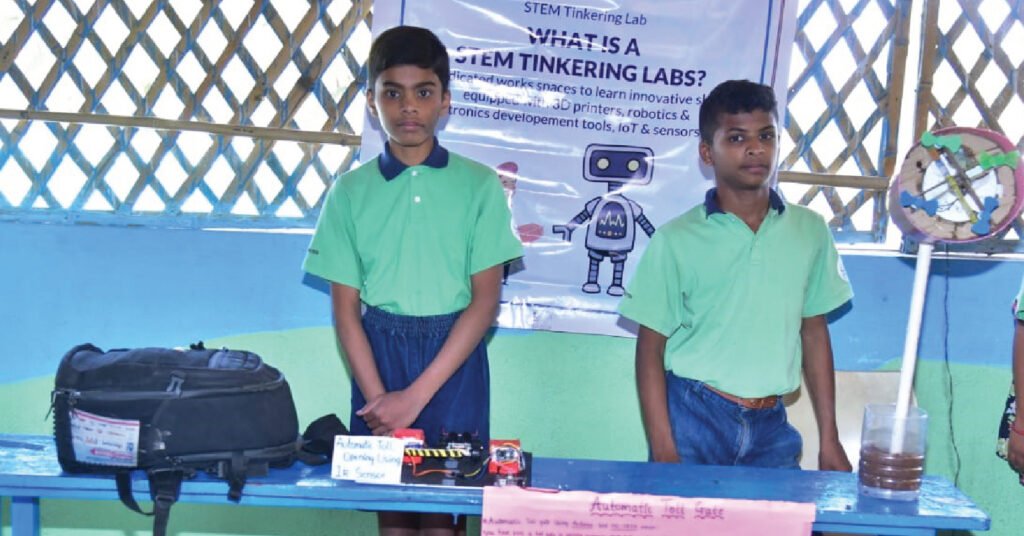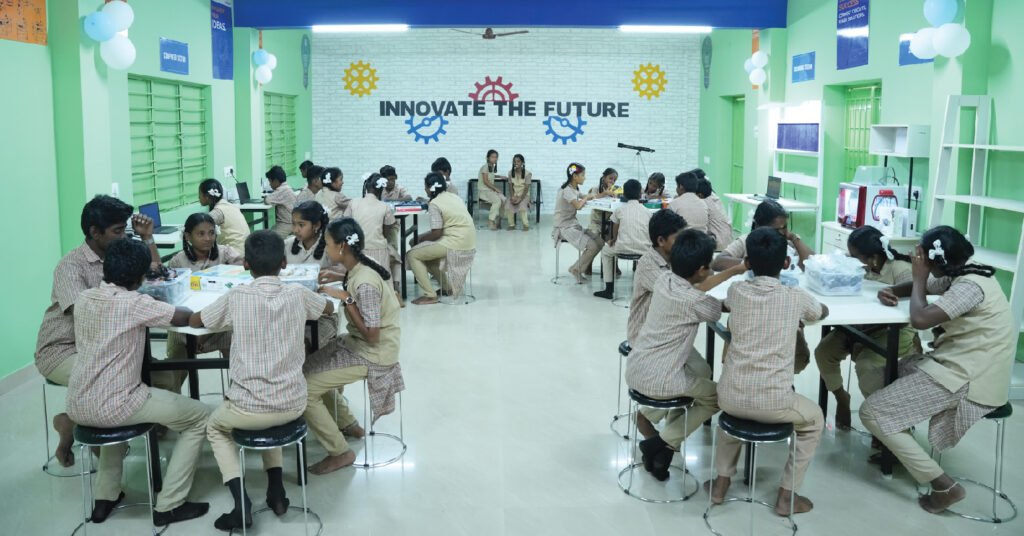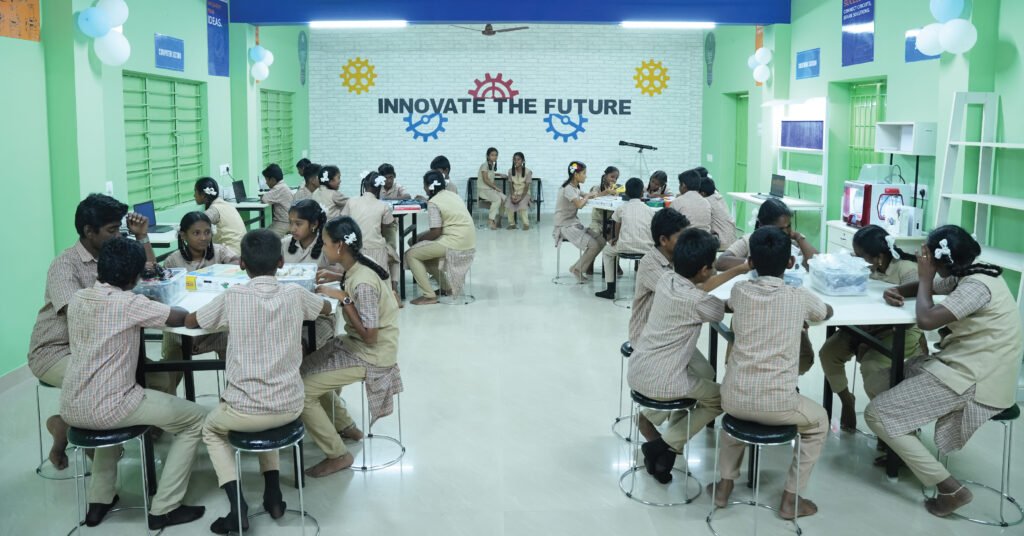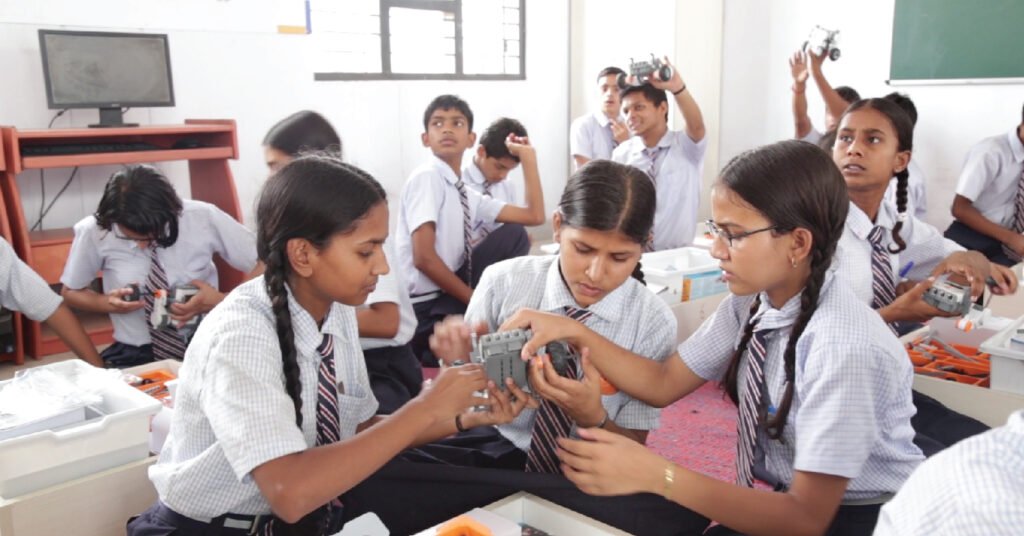STEM education, which includes science, technology, engineering, and maths, is essential for influencing how societies will develop in the future, particularly in rural India. Accessing high-quality STEM education is extremely difficult in rural places, despite the field’s importance in promoting innovation and economic development. Students who want to work in these sectors are hampered by[…]
In the modern world, STEM fields—science, technology, engineering, and mathematics—have grown in importance. It responds to the urgent need for highly skilled labour in industries vital to innovation, development, and technological advancement. Pupils with a STEM education are more capable of managing difficult circumstances, staying current with technology, and advancing society. Today, with technology advancing[…]
In today’s society, STEM fields—science, technology, engineering, and mathematics—have grown in significance. STEM education addresses the urgent need for a highly skilled workforce in disciplines critical to technological growth, development, and innovation. Students with a STEM background are more equipped to handle difficult circumstances, stay current with new technology, and advance society. Given how quickly[…]
In STEM fields (science, technology, engineering, and mathematics), one of the most significant obstacles that remain is gender disparity. Women are disproportionately underrepresented in STEM disciplines, according to research and statistical statistics. In comparison to men, women comprise a lesser share of the STEM workforce and are less inclined to pursue STEM-related degrees and jobs.[…]




